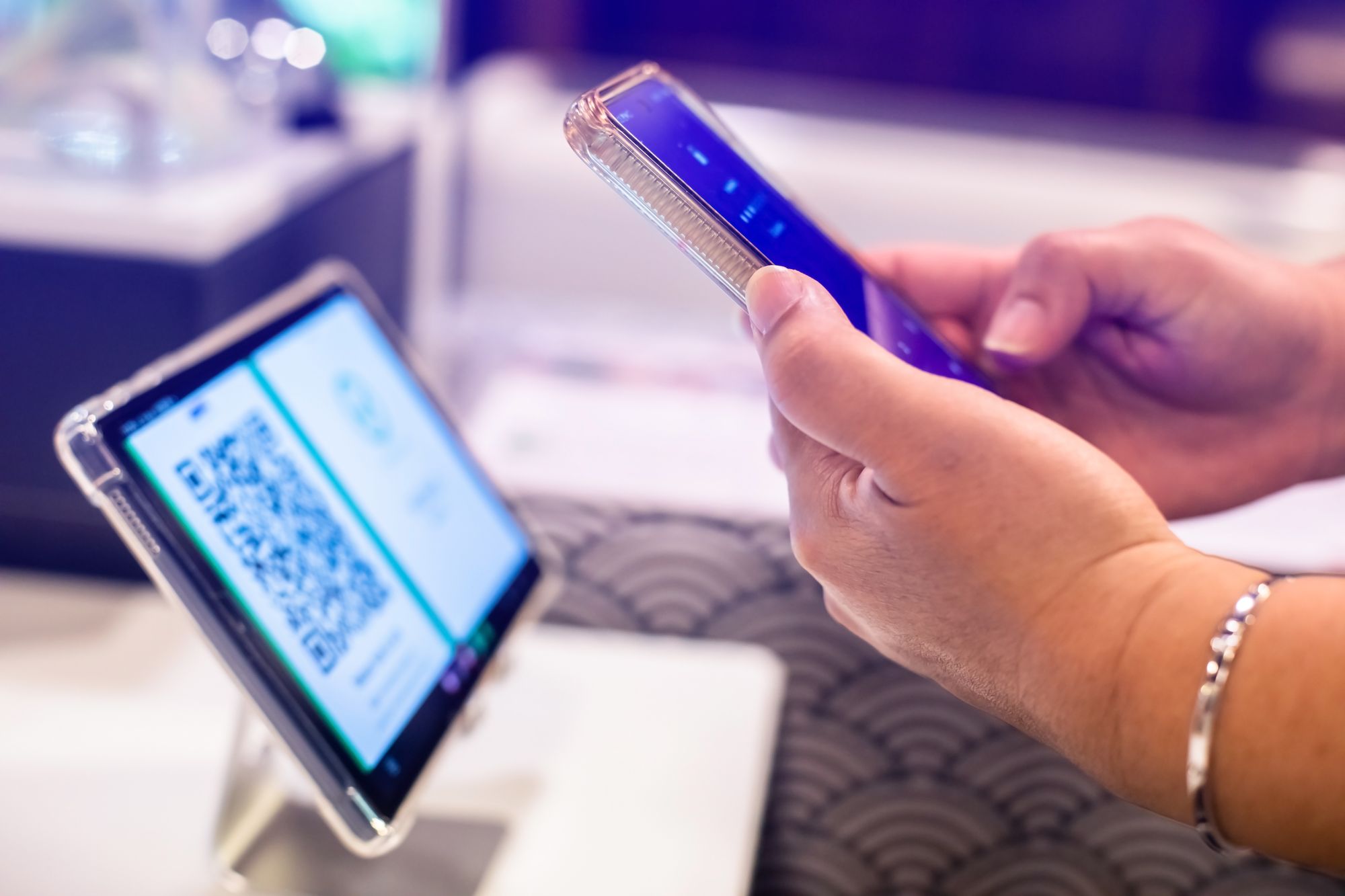Smarter collateral starts with data, not guesswork

Flipsnack is a Business Reporter client
Behind every sale, campaign or client meeting, there’s a document. A presentation, a brochure, a catalogue. These materials carry the company’s story, yet once they’re shared, they often disappear without a trace. For years, that was just how things worked. Collateral was designed, approved and sent out, but rarely measured.
That blind spot matters more than ever. Budgets are tighter, attention is shorter and every part of the customer journey is under pressure to prove its value. And while marketing teams can track every click and conversion, they still have little visibility into how the materials that support those moments actually perform.
According to Nielsen’s 2024 Annual Marketing Report, 84 per cent of marketers say they’re confident measuring ROI, yet only 38 per cent actually track their digital and traditional activity together. It’s a telling disconnect – and that same gap exists in how businesses treat their collateral: the decks, brochures and catalogues that influence decisions but rarely get tracked at all.
Lately, things have started to change. Businesses can now see how their materials are used – what people open, how long they engage and what content drives results. That visibility is redefining how teams use collateral, making it measurable and rooted in real audience insight.
Businesses are now starting to measure engagement at the document level, seeing what people open, how long they stay and what captures attention. It’s a simple shift, but it changes how teams think about their content, from something you just send to something that shows its own results.

How an automation company turned its brochures into a sales advantage
At ProMat, one of the largest trade shows in the warehouse and logistics industry, Swedish automation company Radioshuttle faced a familiar problem. Its products were impressive, but the sales materials weren’t keeping up. Explaining automated pallet-handling systems through 45-slide presentations and printed brochures was slow and often left potential buyers overwhelmed.
To fix that, the team went digital. Each sales rep carried an iPad with an interactive brochure that brought their technology to life in a few taps. Visitors could watch how warehouse shuttles worked, explore system layouts and request specifications on the spot.
The results spoke for themselves. Average viewing time on the brochure passed 11 minutes per visitor, and engagement grew by more than 600 per cent in the first month. The team didn’t just collect leads – they collected insight. They could finally see which products drew the most attention and which features sparked real interest.
What started as a trade show experiment became a new way to understand their customers and plan future sales materials. Radioshuttle’s brochures didn’t just tell the company’s story, they showed how it was being read.
Why more companies are starting to measure the ROI of their content
Radioshuttle’s success reflects a wider shift. More businesses are starting to see their everyday materials as measurable assets, not just files to send. Once these materials go digital, they leave a trail of insight – revealing what captures attention, what’s ignored and what moves people to act.
That kind of visibility changes everything. It connects marketing, sales and how shared data is used, instead of assumptions. Marketers can see what resonates, sales teams can learn what drives follow-up conversations and leaders can finally measure the impact of collateral with the same clarity they apply to ad spend or website performance.

How measurable content is changing performance across industries
Global jewellery retailer Pandora used to rely on printed catalogues – which had to be reprinted and restocked every time a new collection launched. It worked, but it was slow and hard to keep up with fast-moving promotions. Then the team in France took a different approach, turning their catalogues into interactive digital versions that updated automatically and could be browsed by customers by scanning a QR code.
During Pandora’s Valentine’s Day campaign, more than 2,700 shoppers used those codes in just a few days, spending a couple of minutes browsing collections on their phones. The impact was immediate. Store teams stopped flipping through thick binders and started spending more time with customers. Across 130 stores, daily operations became about three times faster. All from changing how content was shared.
The same pattern is appearing in B2B marketing. At Benifex, a company that helps organisations manage employee benefits, the marketing team used to run lead generation campaigns and send out reports and guides that vanished into inboxes. Now they can see who reads them, how far people get, and what actually holds attention. One campaign brought in more than 300 qualified leads while cutting production time in half. What used to be static thought leadership now delivers constant feedback, showing in real time what type of content truly connects with readers.
Turning content into a new source of intelligence
For years, marketing materials have been treated as something you create, polish and send, not something you can fully measure. Brochures, catalogues and sales decks were seen as creative assets rather than performance tools. That made sense when there was no real way to track what happened after they were shared. But that era is over.
Today, campaigns cost more than ever, expectations are higher and every part of the customer journey is under pressure to prove its worth. Collateral can no longer be a blind spot. The tools now exist to see how every asset performs – who opens it, what captures attention and what leads to a decision. Companies that treat their content as a measurable, living part of their funnel are already seeing the difference.
The next competitive edge will not come from creating more content, but from understanding what it actually does.
To learn more about how Flipsnack helps businesses move beyond static PDFs, visit www.flipsnack.com. We’ve spent years building a platform that turns everyday documents into interactive, trackable experiences helping global brands such as Estée Lauder, Electrolux and Pandora understand how their content performs and prove the real ROI behind their collateral.
